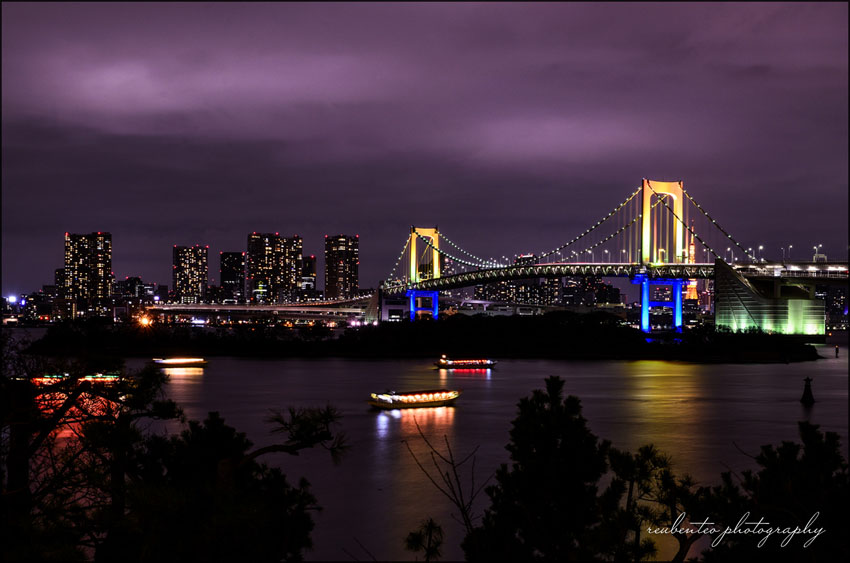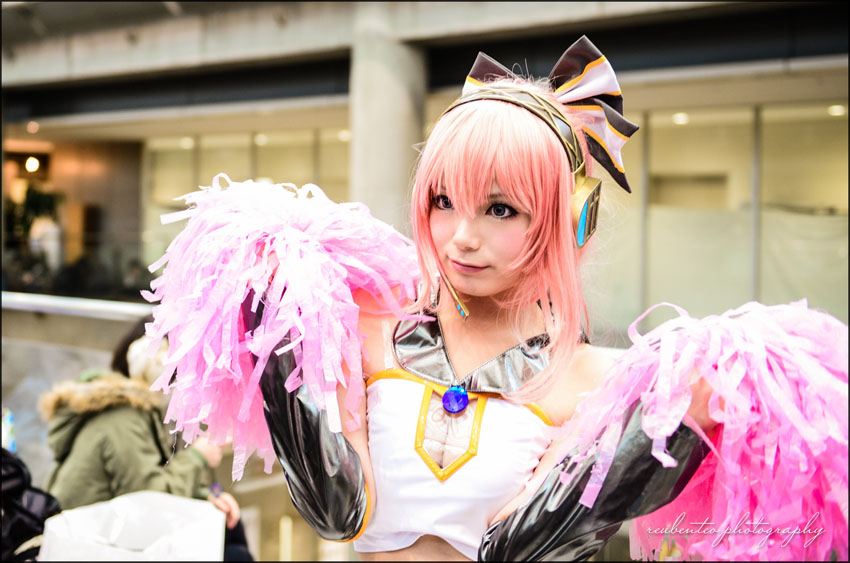
It’s not exactly called Doraemon museum. It’s formally called the Fujiko·F·Fujio Museum. Why? Well, despite having Doraemon and gang overshadowing every part of this place, it’s actually a museum about the author and all of his creations. If you are a fan of Doraemon, Pa-man or Mojacko, then this beloved museum should be in your highlighted visits when you come to Tokyo.
The museum can be found in the suburbs of Kawasaki. Kawasaki is located in the Kanagawa Perfecture, just between Tokyo and Yokohama. In order to get there, drop yourself off at the JR Noborito Station. From our station at Uguisudani, we had to take the train down to Shinjuku using the Yamanote Line and from there, change to the Odakyu Line that directs us there. The entire journey takes just about an hour. During our journey from Shinjuku, we started to see many parents and kids hopping onto the same train. Right away we knew that we weren’t on the wrong train.

Before heading down to Kawasaki, don’t forget to purchase your entrance ticket to the museum. Now, purchasing the ticket is a little tricky, because you can’t purchase it on the spot at the museum. The buying process is quite similar to the Ghibli Museum. All you have to do is head down to the nearest Lawson convenient store and use the Loppi automatic ticket machine to purchase it. Now, here’s the tricky part you need to know about. The tickets only go on sale one month in advance starting on the 30th of each month (i.e. tickets for March go on sale from January 30th). While weekends and school holidays are popular and often sold out, weekday tickets are easier to get. So, please plan ahead. The specific entry date and time slot (10:00, 12:00, 14:00 or 16:00) must be selected when purchasing your ticket. As usual, we took the earliest one. Thanks Mr. Hazmer for helping us to purchase the tickets. Really appreciate it. Oh by the way, the ticket costs ¥1000 per adult.

Once you reach Noborito Station, you will be greeted by some Doraemon character statues hanging around the station. Doraemon himself is located there too. See if you can find him while you are there. In order to get to the museum, we had to head down to the bus stop where the heavily decorated Doraemon shuttle bus will take us. It costs a mere ¥200 and just about 10 minutes to reach. Alternatively, you can choose to walk. It’s just about 15 minutes from the station. Once you’re in the bus, don’t forget to look at all the cute Doraemon designs around it, from seats, to bus bells to walls, etc. I knew I couldn’t resist to take pictures of all these adorable designs around the buses. It was so creative!




After a few stops, we have reached the museum. We are greeted warmly by the staff. The museum architecture was of modern contemporary design and wasn’t as fun looking as the Ghibli Museum. Well, that didn’t stop us from getting so excited about dropping by this building that’s filled with our childhood memories. As the queue started to move, we were getting more and more excited. As we are inside, we are all crowded into this room with an introduction then led to another room where we could choose our mechanical translators. Thank God it has English.
The museum exhibits has numbers all across it’s descriptions and what you do is choose the number and it will read it out loud for you, in your preferred language. In Japan, most of the places do not accomodate to people who can’t understand Japanese. That’s why this place was one of the best as they try to help everyone to enjoy and understand what’s happening around. Don’t forget to check out their leaflet too. Like most museums, there are many spots where photography is not allowed. I think that’s a good thing, because if you saw everything in this blog, then what’s the point of visiting the real museum right? That would spoil the surprises. But all is not lost, there are also some photography spots for you to play with your creativity. Those would be the pictures I’m going to share with all of you.
What’s inside the museum?
It mainly showcases many of Fujiko’s first and original drawings and many of his early storyboards. Also interesting was the idea of how he came about his different characters and mainly what inspired him to create Doraemon and his friends. It was an honor to see how this ordinary man, came out with the most brilliant idea of the futuristic cat who was sent back in time to help make Nobita’s world a better place. Unfortunately, he has already passed away. The museum also has a lot of commentary on Fujiko’s life and the various artwork on display.


After visiting the most important part of the museum, you will be led to this large hall filled with everything Doraemon. There’s gumball machines, egg machines, kids zone, etc. What’s most interesting is the Doraemon manga corner, where there’s a huge Doraemon sitting on the shelf reading a comic book and one hand holding his favourite snack, the Dorayaki. Unfortunately, we couldn’t read it because all the books were written in Japanese. So, we went to the next best thing, a cute water fountain. All around the museum, you will see many stickers and indicators around, cleverly designed and very entertaining at the same time. Just have alook at these:




Another bonus thing that you will find enjoyable would be the Theatre. After getting your free theatre ticket, you can head to the Fujiko·F·Fujio theatre for a bonus show. It’s somewhat like Ghibli’s way of doing. It showcases never before seen animation by the author themselves. It changes daily, so everytime you visit, it’s different. After show, the theatre opens this door and out we go, to the outdoors where many other characters.



There was even the playground that Nobita and his friends played in. Also there was the iconic concrete pipes. The old phone and last but not least, The ‘Anywhere’ Door (Dokodemo Door).



You can also find the famous museum restaurant there. Beside the restaurant, was the snack shop, where everyone could purchase their favourite Doraemon snacks like the Dorayaki, the Anki-Pan (memory bread), Gian’s Stew gift pack, and so on. Also, do not forget to visit the restaurant at the museum. Even if you are not hungry, it’s worth a visit to the museum restaurant. They sell almost everything that is Doraemon themed. What more can you ask for? We are afterall, in Japan.



We ordered ourselves Gian’s Pork Cutlet Rice, Quattro Formaggi Gratinati with Doraemon’s Face, Suneo’s Crepe and a hot glass of hot cocoa with Doraemon’s Face again! Well, that’s the only day where everyone can be child-like. It was so fun.



Lastly, we ended our trip at the gift store. The store had so many items that was so creative that I wanted to buy them all. Too bad everything was so pricey, so we picked up just a few things at the store. It was a great day and B was so happy and everything was worth it. The museum is mostly aimed towards children, but many adults visit here due to the fact that they grew up with the series and mainly because of Doraemon.


I’m astonished by how much details were put into designing this museum and everything around it. It was one of the most interesting places I visited and felt so nostalgic about. Try not to miss out this place on your next visit to Japan if you have not been there.





November 14, 2013
Cliff Anderson
Hi, I just happened to stumble upon your blog. Nice review! 🙂 I went to the museum in June this year.
As for the ankipan rusk, may I ask if you remember what’s the flavour? I remember that behind it is coated with sugar. Is it white and brown sugar?
Good day!
January 6, 2014
Reuben Teo
Hey Cliff,
Thanks for the comment. I can’t remember about the coated sugar on the ankipan. Does it matter if it’s white or brown sugar? Cheers